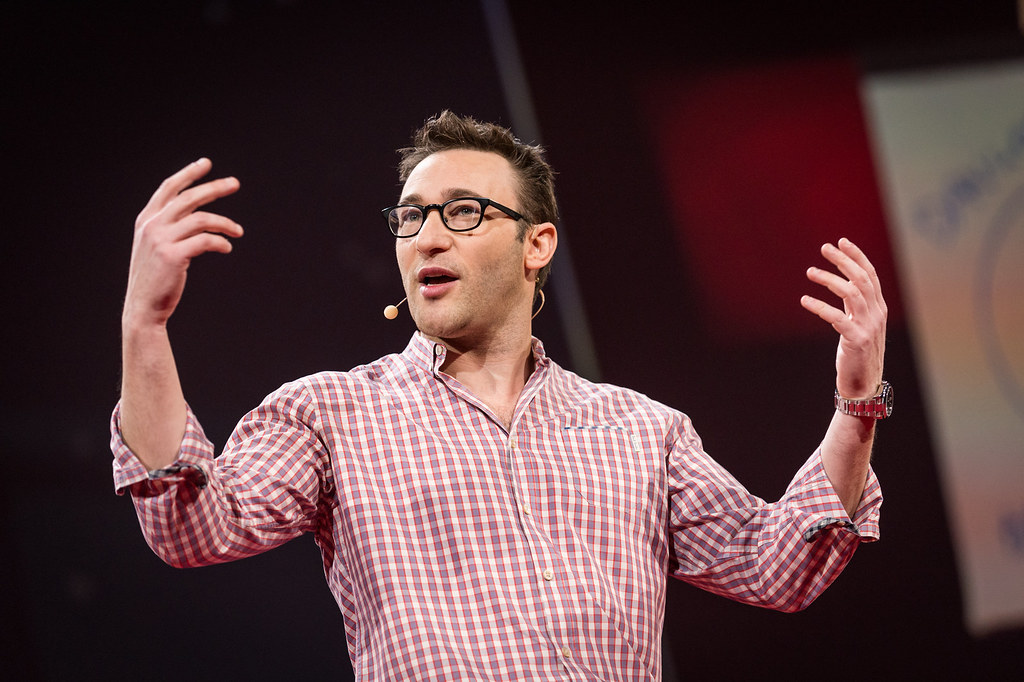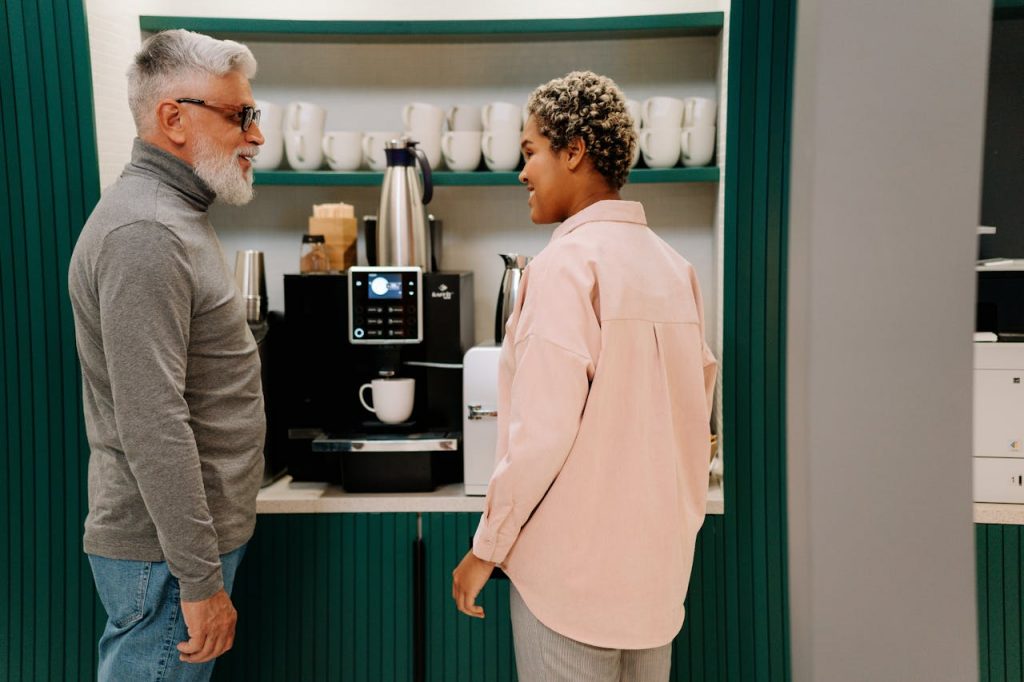The forced transition to telework has not been the catastrophe apprehended by several employers. Operations could be maintained most of the time. Several employers told us throughout the year that productivity was essentially equivalent. It must be admitted, however, that a certain weariness is setting in at the end of this pandemic.
To break the guilt of not always being 100% focused on the task at hand, let us look in the rear-view mirror of surveys and see what have been our little “remote” delinquencies over the past year.
Beneficial gaps?
A first survey conducted in June 2020 by Sellcell gives us a good idea of the workers’ state of mind at the end of the first wave of the coronavirus: eight out of 10 teleworkers admitted to “slacking off” at work. However, some types of slack may be more beneficial than others.
Here are some “gaps” that have ultimately been used to build professional momentum.
- According to the Sellcell survey, 35% of teleworking employees report doing sports during their work hours;
- 38.2% take breaks to play with their pet or child;
- In a pre-pandemic survey, 35.2% of teleworkers admitted to going out to run errands during work hours.
We can image that taking the time to get out of the house to clear your mind, perform a physical activity or play with your child or pet has psychological benefits to compensate the strict loss of time.
2. The “harmful” delights
However, other gaps are more difficult to justify. In a quick survey conducted by Glassdoor at the beginning of the pandemic, 32% of workers admitted to being distracted by the television.
In June, the Sellcell survey confirmed the trend, revealing that 44% now watch catch-up series on Netflix or other channels while working.
As we can imagine, the Internet is also a pandora’s box of distractions:
- 61.5% admitted to being distracted by social media;
- 16% shopped online;
- 30.4% played games on their cellphone;
- According to a study by Kaspersky, 51% of teleworking employees admitted to watching pornography during work hours during the first lockdown.
Alcohol is another vice that emerges from surveys. In the United States, 1 in 3 Americans (32%) say they are more likely to drink alcohol while in telework.
A distraction… to make you blush!
The Sellcell survey has a surprising statistic; 19.8% of teleworkers say that they take work time for… “making love” with their spouse! This is a proposition that is difficult to condemn in these times of social isolation.
It is also difficult to say whether this gap should be classified as beneficial practices… or damaging to productivity?




